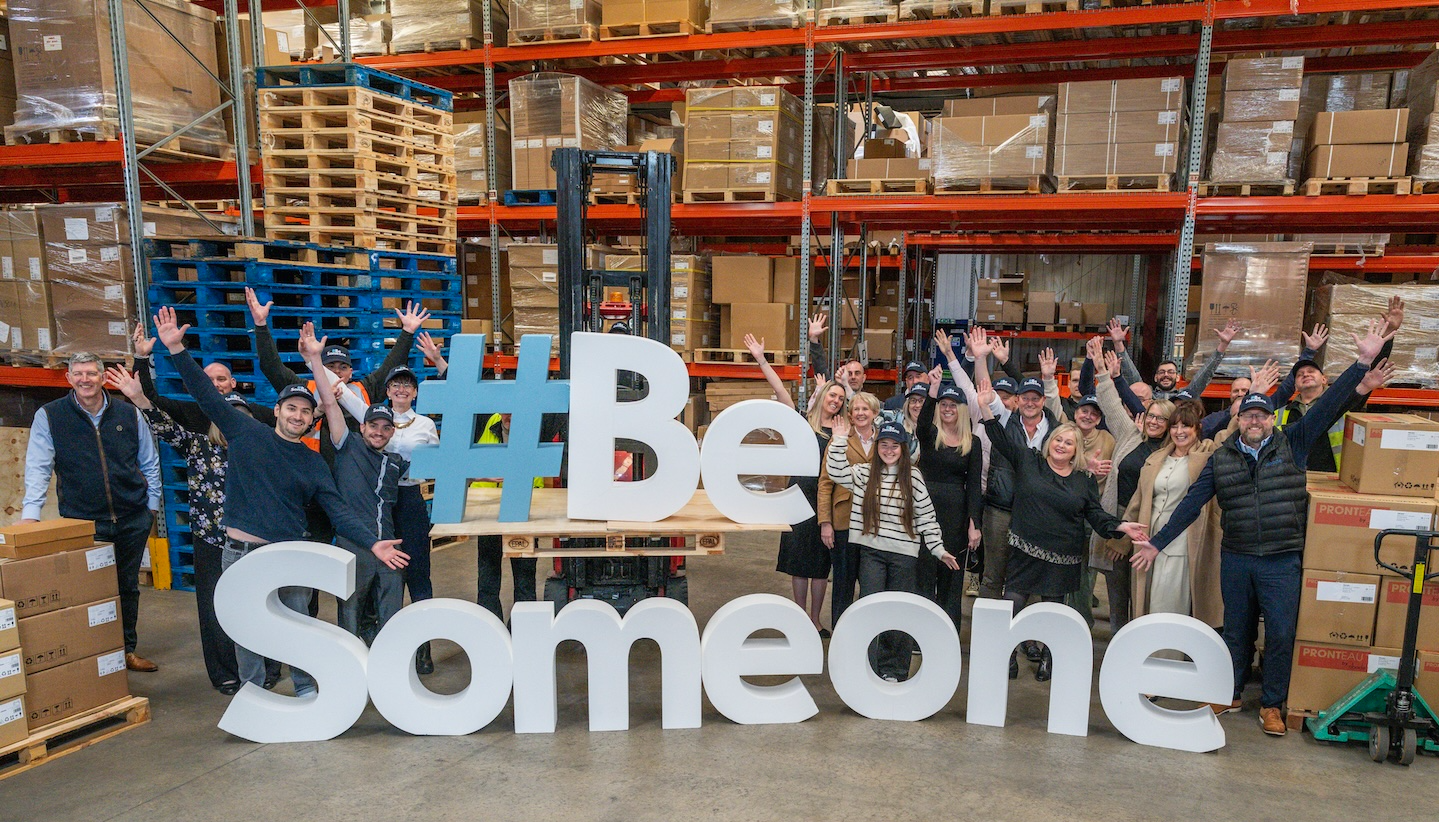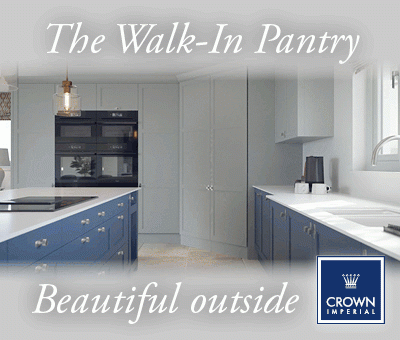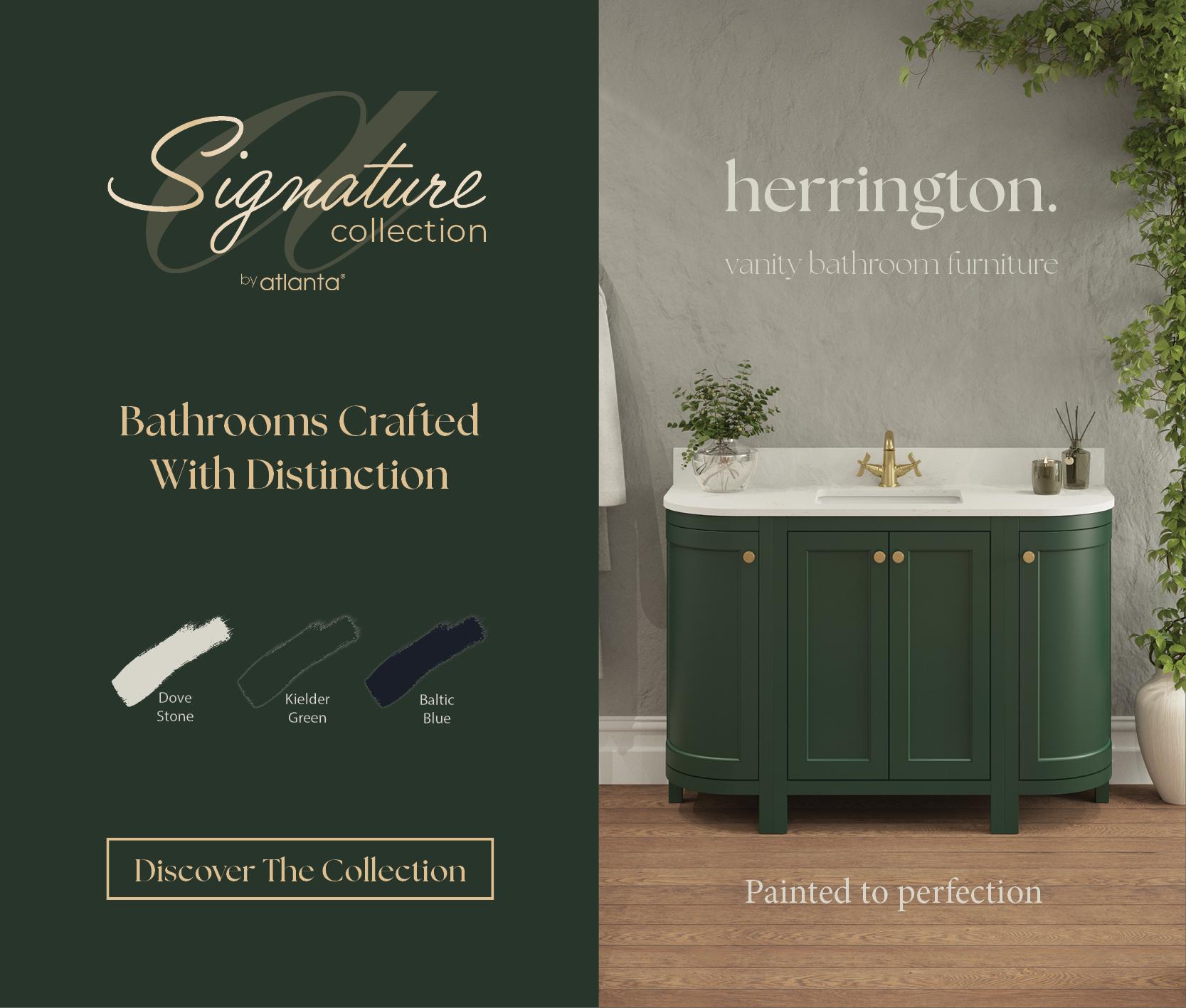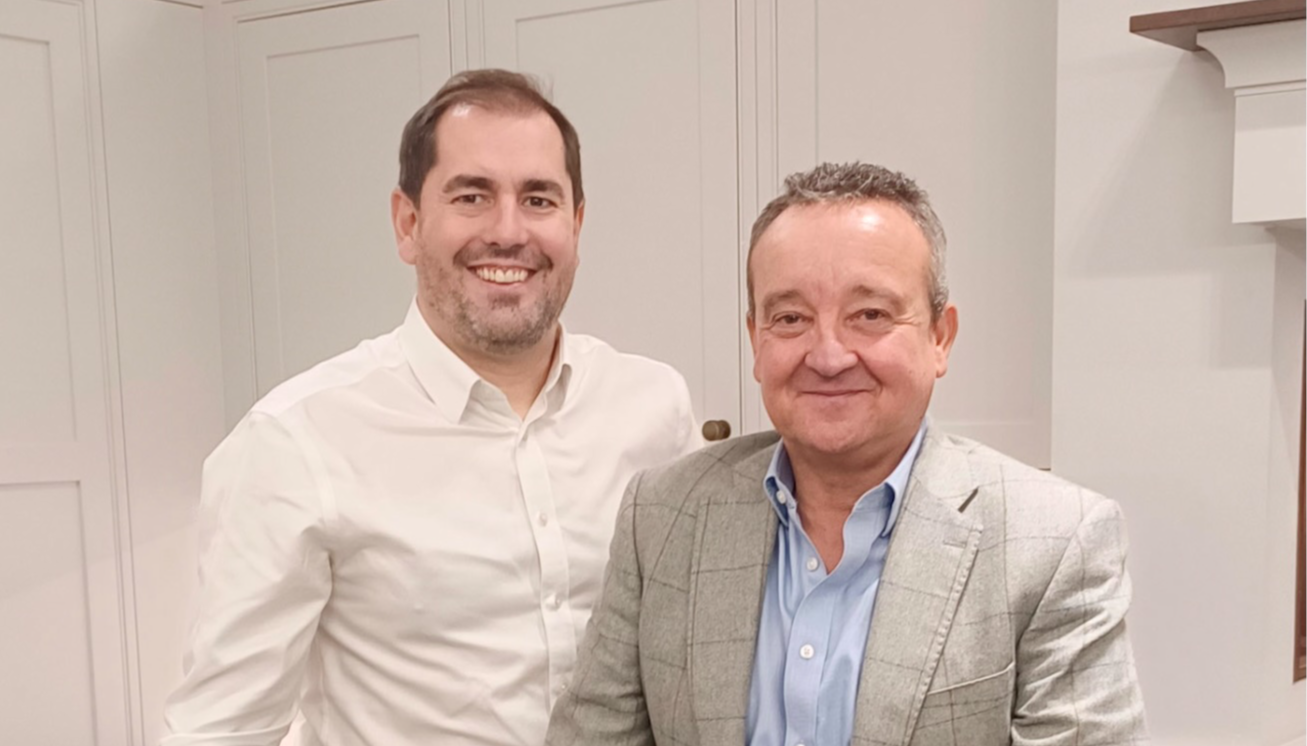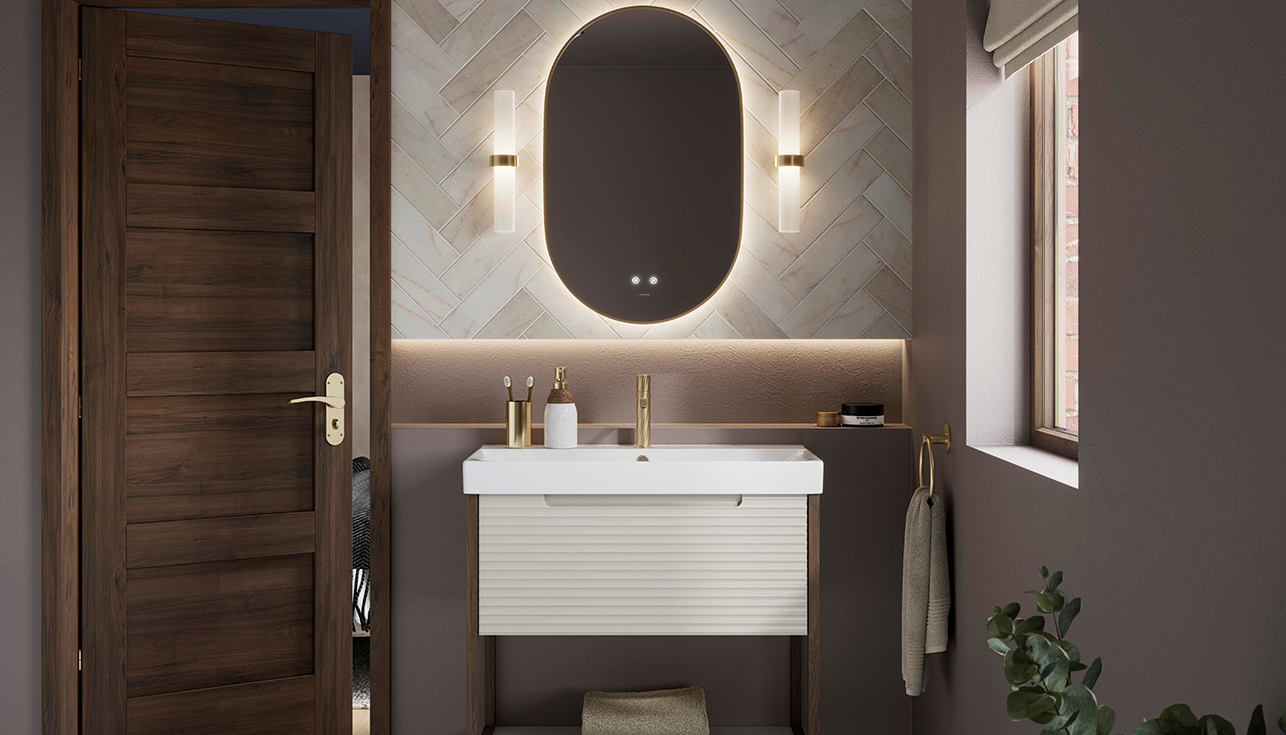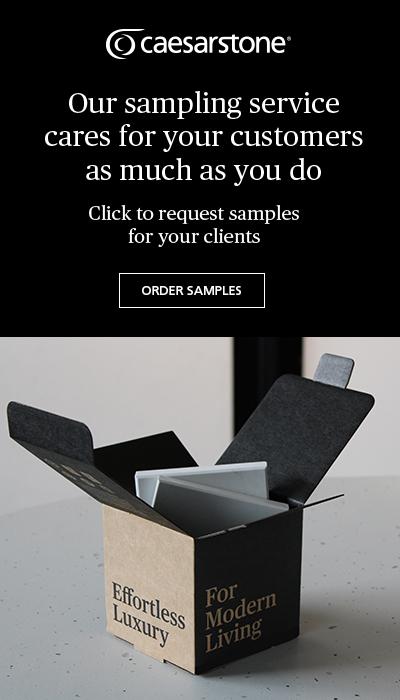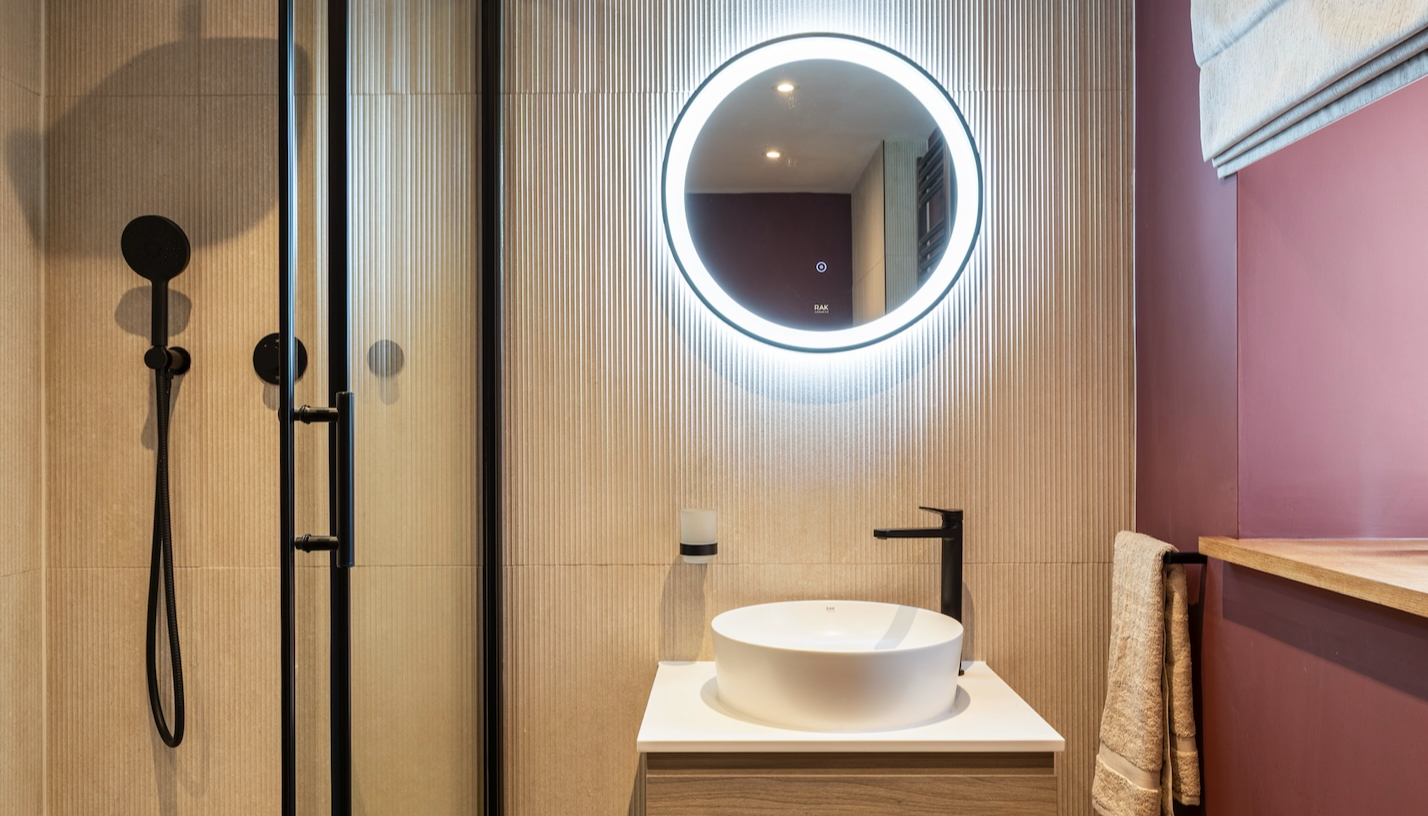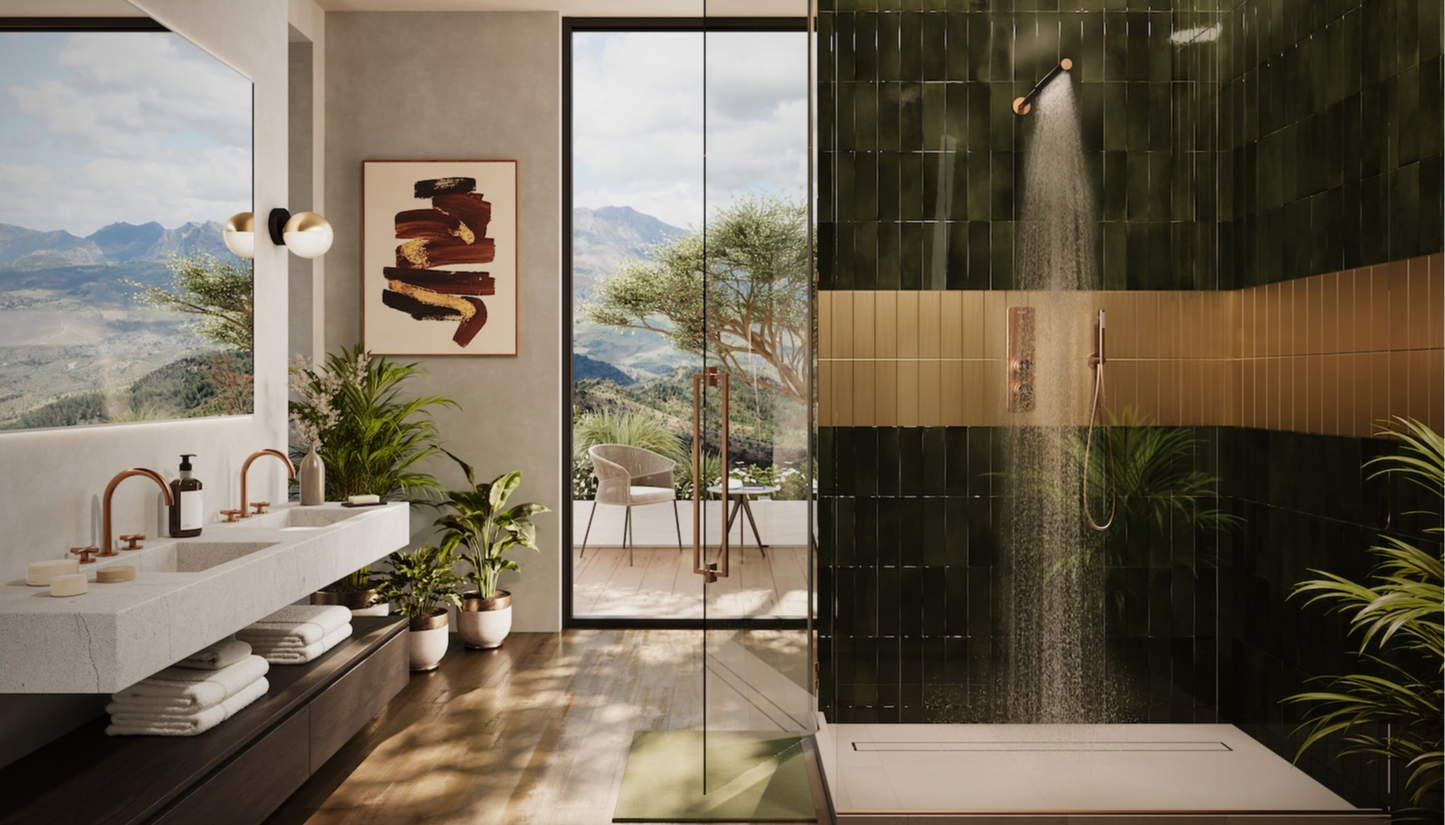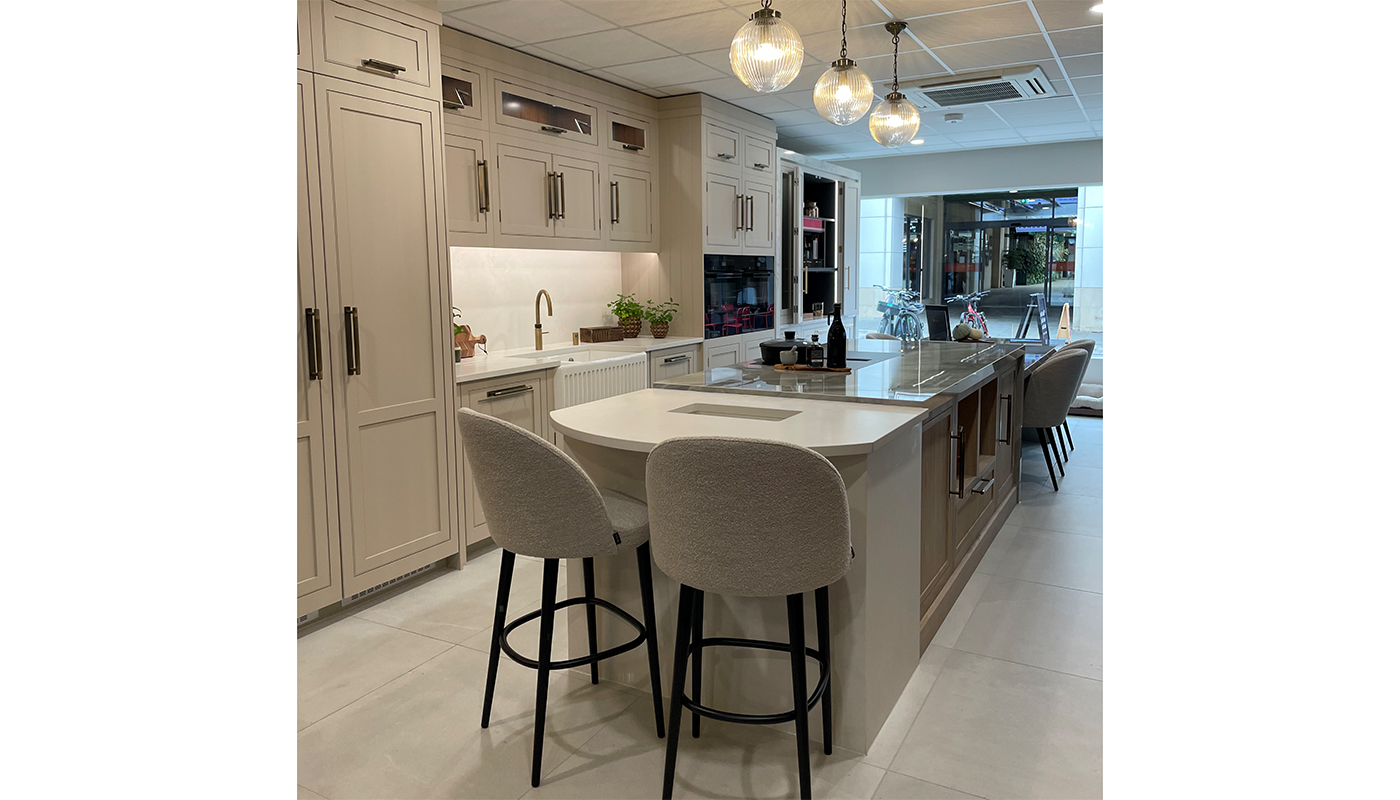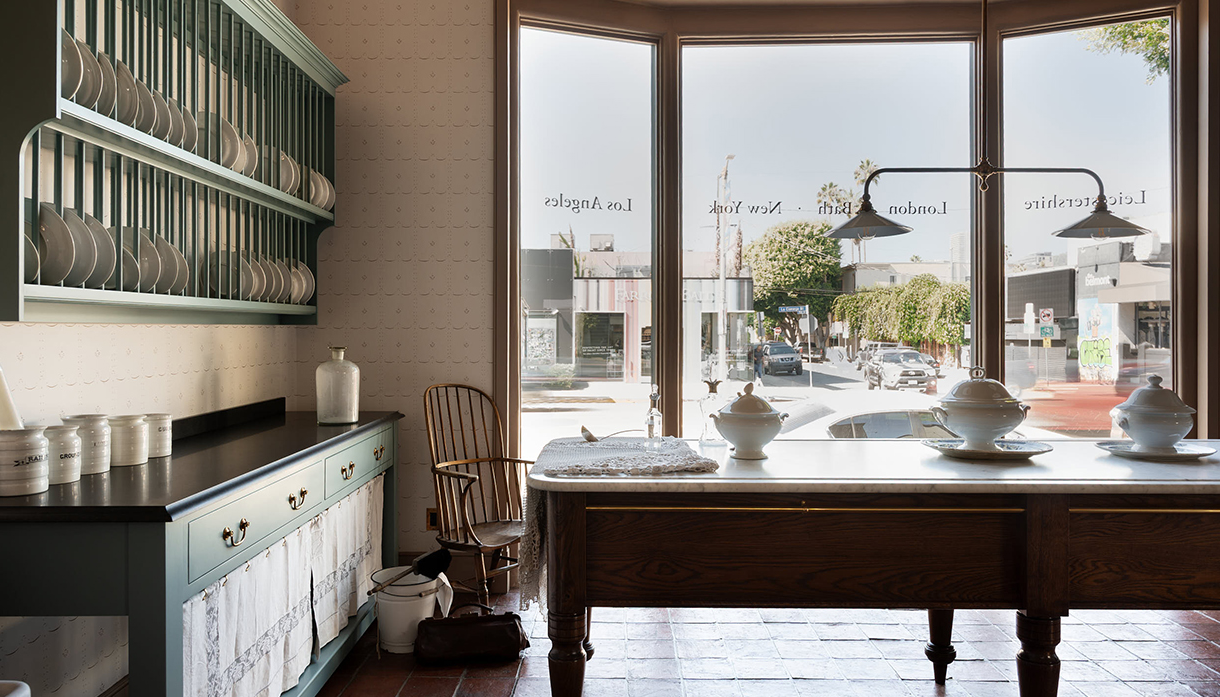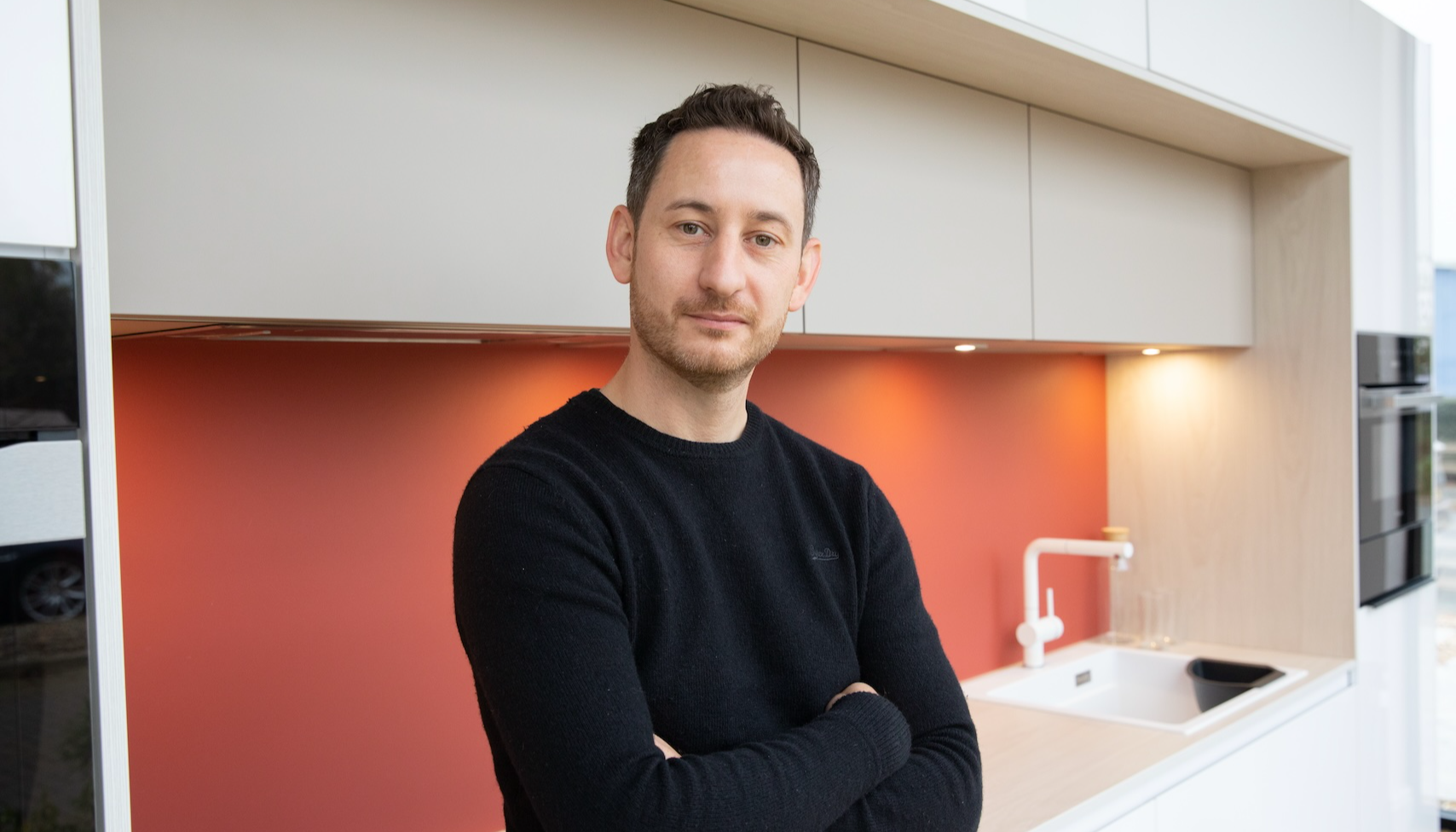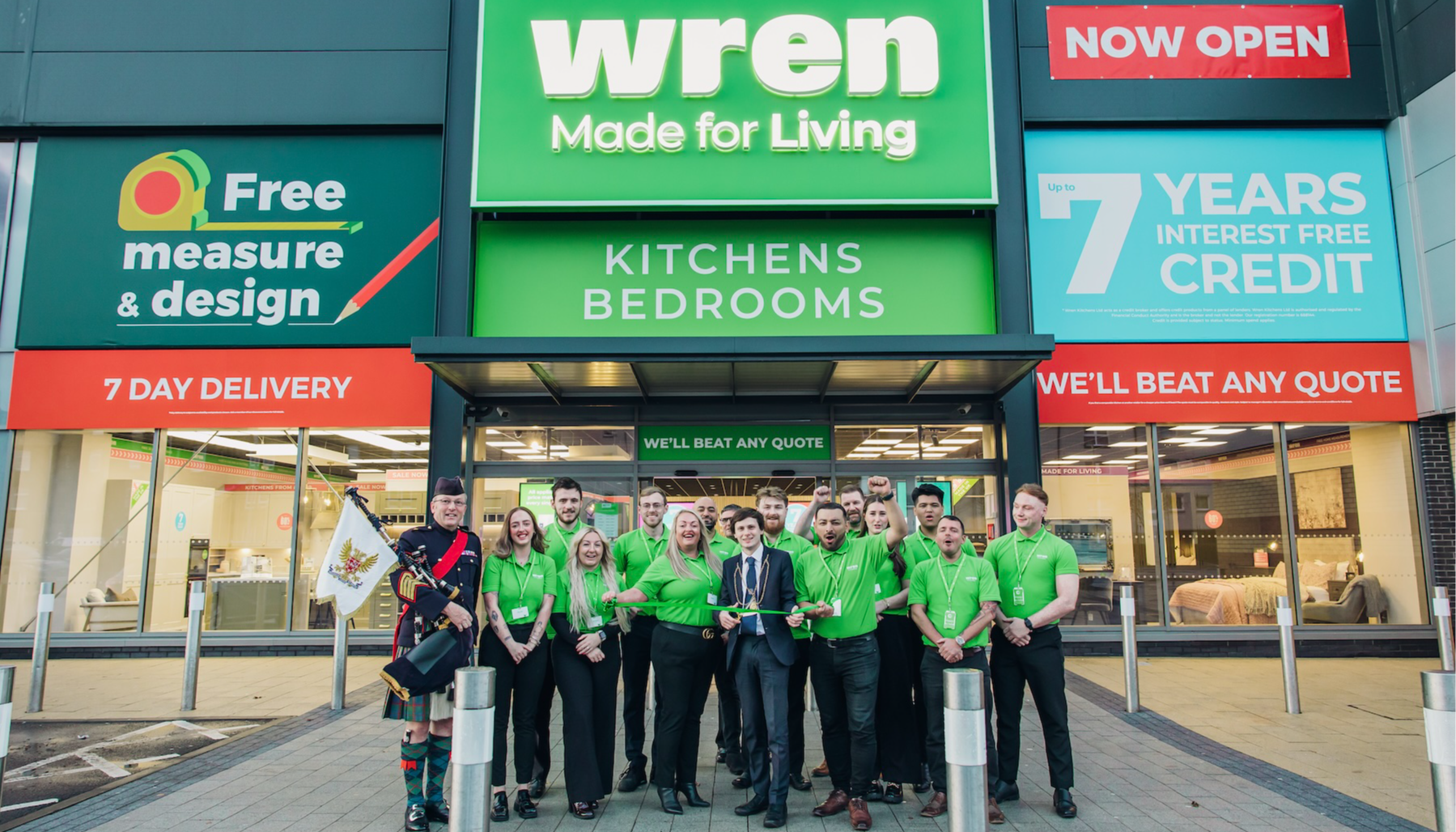Craig Rothwell – How high-quality configurators help drive sales

Craig Rothwell – How high-quality configurators help drive sales
Craig Rothwell, business development director for Pikcells, producer of new configurator platform Onfigr, reveals why many retailers are missing the mark with visually poor solutions or overly complicated planning tools, putting buyers off in the process.
With a surge in online buying, configurators are becoming the norm for more tech-savvy consumers. Generally, there are two options available: design/planning software and configurators (or visualisers). The former allows you to design your exact space and plan out every conceivable furniture arrangement until you have fully realised an accurate design. This is a time-consuming process that often requires some previous knowledge of the software to use it correctly. A configurator on the other hand, is an inspiration tool which features a curated product range and almost all product types including the furniture, hardware, surfaces, fixtures and fittings. There is usually a very low learning curve for these tools and customers can start trying out ideas immediately in a universally more accessible process.
In fact, the overview from the home interiors industry is that complex design tools are increasingly too slow and complicated for a time-poor consumer; especially when trying to use them on a smartphone. The feedback we are getting is that using these tools aren’t immediately obvious to the non-specialist and they are hard to use as an introduction to a product range, when what consumers really want are captivating ideas in an easy-to-use experience.
As we continue to live in an increasingly visual age, people buy with the eye, so it is a huge challenge to sell a high-quality product with the low-quality visuals that are inherent in online design tools. We all know how important staging and styling your retail space is to create an elevated user experience and so having the support of a virtual design space is a great way to convert an enquiry into a sale. We have found that by offering them a similar-looking space to their own with the options provided in an easy-to-use layout, they can quickly play with ideas and capture this design for use later.
Given the appetite for personalisation in the luxury market from car manufacturers to fashion accessories, it seems to me that configuration tools need to go to the next level to meet the demands of an increasingly discerning and sophisticated market. It is now child’s play to configure an Aston Martin, download screenshots and forward the spec to the dealer in under five minutes so surely our industry needs to match this level of customer service by delivering warm leads 24/7 to the sales team?
In my experience, configurators are extremely effective in helping customers to figure out what they want before moving onto the next level of the design and purchasing cycle. They can take the spark of the desire to make a purchase and make it burn so brightly, that it becomes a no-brainer to make the experience on the screen a living, breathing reality.
Given the desire for immersive experiences and visual richness in the retail space, it is easy to go overboard and provide consumers with thousands of options. This often results in ‘the paradox of choice’ where the end user feels overwhelmed and confused by all the options, resulting in it taking longer for them to decide.
The latest neuroscience shows that endless decision making depletes the brain and decision fatigue sets in, so that shows we need to make the design process as easy and intuitive as possible. As research on Gen Z confirms that buying on intuition is much more common than previously recognised, I think it makes sense to lean into this with a system, which is faster, higher quality and more affordable when compared to market equivalents.
I think we need to be real about how the market is moving and how much consumer expectations have changed in the past two years. Frankly, the days of ‘making the customer’ work for the sale are long gone. We need to move to a model of making it as easy as possible for customers to engage with retailers and enjoy co-creating their next project. Online shopping began in 1994 and the need for photo-realistic visuals has become a non-negotiable for fast fashion and luxury brands alike, and rapidly moving on from the catalogue-style shopping experience. The latest configurators are taking this to the next level. In fact, according to a University of Virginia study, customers who used a 3D configurator were willing to pay up to 16% more for the product compared to customers who did not.
Our own research indicates that confidence really does beget confidence. If a retailer has the confidence in their products and services to allow the end user to see all elements of the kitchen up close and personal from brassware to appliances, flooring to furniture, it makes sense to showcase them to their best possible advantage. At the end of the day, design is a means of creatively solving a problem or challenge.
Configurators do not cost a lot today and can start at less than £10,000. Look out for configurators which are photorealistic, deliver fast load times, greater personalisation, incorporate a call to action to drive warm leads and enable deeper consumer insight while ensuring data security. In addition, the latest market-leading technology ensures device compatibility across multiple device types and browsers and supports and elevates the experience of designers and end users alike.
The need for every business to deepen its understanding of the customer is to ultimately improve conversion rates and nurture leads, and the market is demanding next generation configurators with an analytics section so users can easily analyse the data and habits being generated by their customer base.
For example, our configurator provides up to 85% more space to present products via the use of 360 degree panoramic images, translating into even opportunities to sell them. And if you intend to grow the contract side of your business with long-lasting partnerships with developers, it is worth knowing that according to the Boston Consulting Group there is an average 35% in customer retention for companies that use configurators.
The ROI on a good-quality configurator is well worth the investment, Aberdeen Group Study reports there is a 20% average increase in revenue for companies that have configurable products online, and so by harnessing a configurator you will speed up decision making, which in turn will accelerate the sales process and impact the number of projects commissioned.
We all know that personalisation is the backbone of today’s premium and middle market, and this is only set to grow as consumers demand a higher degree of quality and specification. Planning tools are a necessary part of the sales process, but they should not be the first touch point a customer uses to interact with a product range. Configurators are therefore a much more engaging way for customers to gather inspiration and explore your product range without drowning in a sea of complicated planning software.
Tags: insight, features, craig rothwell, onfigr, pikcells, kitchens, bathrooms





